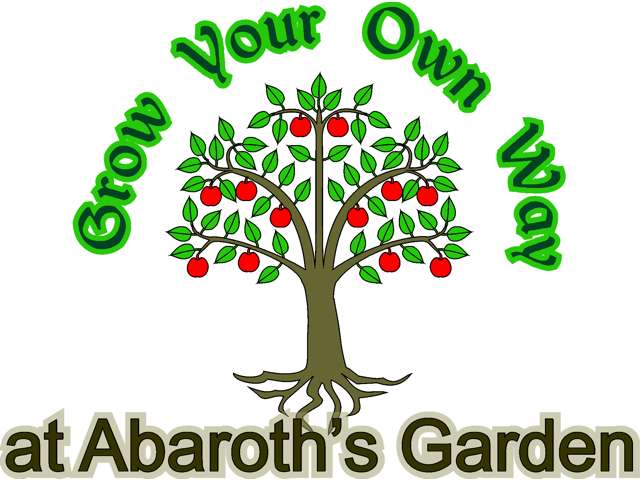|
Definitions from Wiktionary:
Vegetable - A plant raised for some edible part of it, such as
the leaves, roots, fruit or flowers, but excluding any plant
considered to be a fruit, grain, herb, or spice in the culinary
sense.
Fruit - The seed-bearing part of a plant, often edible,
colourful and fragrant, produced from a floral ovary after
fertilization.
We grow many plants which we think of as vegetables, but they
are actually fruits (whole or part) - peas, tomatoes and peppers
to name but a few. There are fewer examples of the opposite
case, but rhubarb is one that springs readily to mind. For those
more interested in growing flowers than edible crops, the flower
is the first stage of the fruit, and should be treated as a
fruit in terms of fertiliser.
What does it matter?
Fruits and vegetables need different
treatment in terms of soil and fertiliser. For example if you
regularly feed onions or cabbages with something like tomato
food, they will be far more likely to produce flowers and go to
seed, which is not generally desirable. Conversely, a
high-nitrogen feed will promote lots of green growth on your
tomatoes, which will then produce a lot less fruit.
Doing it right
From a gardening, rather than a culinary
perspective, a vegetable may be defined as a plant which is
grown with the intention of eating (mainly) the roots, stems or
leaves. Familiar vegetables are things like carrots, potatoes,
lettuce, cabbages, onions and beetroot. Each plant will have
specific needs in terms of nutrients, but generally all will
benefit from high nitrogen levels. This can be added to the soil
by incorporating fresh compost or leaf mould, or by the use of
high-nitrogen fertilisers. Nitrogen is the "N" number on the
fertiliser packaging.
Annual fruiting crops will also benefit
from a relatively high nitrogen content in the soil for their
early growth, but rather than just having lots of lush foliage,
the aim is usually to promote plenty of flowers, resulting in
lots of fruit, seeds or both. Generally, these crops should be
started off as seedlings in fresh compost, or with a small
amount of nitrogen incorporated into the soil. Once the plants
begin to flower it is time to change tack - stop adding nitrogen
and start adding phosphorus and potassium fertilisers, which are
the "P" and "K" values on the packaging. These minerals will
help to promote more flowers and fruit to form.
Common Plant List
|
